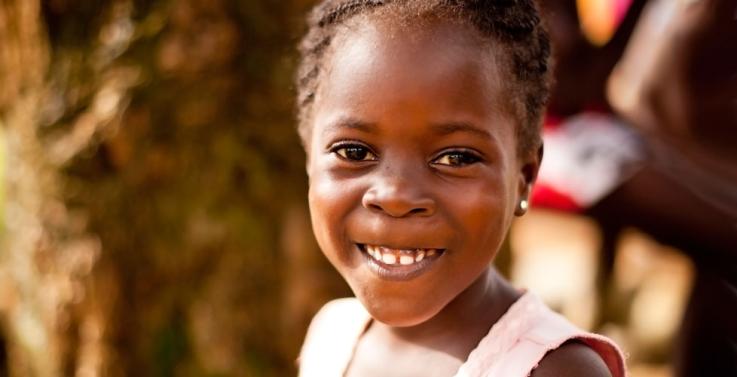
New research shows a modest increase in health investment for the world’s poorest children would save millions of lives and produce massive economic returns.
The collaborative project by Victoria University researchers and the World Health Organization (WHO) demonstrating the high social, health and economic returns on investment in women’s and children’s health was published in the Lancet medical journal.
Victoria University’s Professor Peter Sheehan said their models showed increasing annual health expenditure by just US $5 per capita up to 2035 in 74 high-burden countries could yield up to nine times that value in economic and social benefits.
“These returns include greater GDP growth through improved productivity, prevention of the needless deaths of 147 million children, 32 million stillbirths and 5 million women between 2013 and 2035,” Professor Sheehan said. “These gains could be achieved by an additional investment of $30 billion per year, equivalent to a 2% increase above current spending.”
The 74 ‘high-burden’ countries, situated mostly in Africa and Asia, carry 95% of the global maternal and child mortality burden. Professor Sheehan said the study highlighted how the effective targeting of investment for dealing with maternal and newborn health, child health, immunisation, family planning, HIV/AIDS, and malaria in those countries could have such a massive impact.
“Continuing historical trends of coverage increases is not sufficient. Accelerated investments are needed to bring health benefits to the majority of women and children,” he said.
Expanding access to contraception would be a particularly cost-effective investment, potentially accounting for half of all the deaths prevented in the accelerated investment scenario, the study found.
More than one third of the additional costs were for investment to strengthen health systems that are also required for services beyond those for reproductive, maternal, newborn, and child health.
Victoria University’s Professor Bruce Rasmussen and Dr Kim Sweeny, who were also involved in the research, said they hoped the new global investment framework could serve as a guide to countries to optimise investments in women’s and children’s health within national health and development plans and support progress for campaigns including the UN Secretary-General’s Global Strategy for Women’s and Children’s Health, and the Campaign on Accelerated Reduction of Maternal, Newborn and Child Mortality in Africa.
The paper ‘Advancing social and economic development by investing in women’s and children’s health: a new Global Investment Framework’ was published in the Lancet journal.
